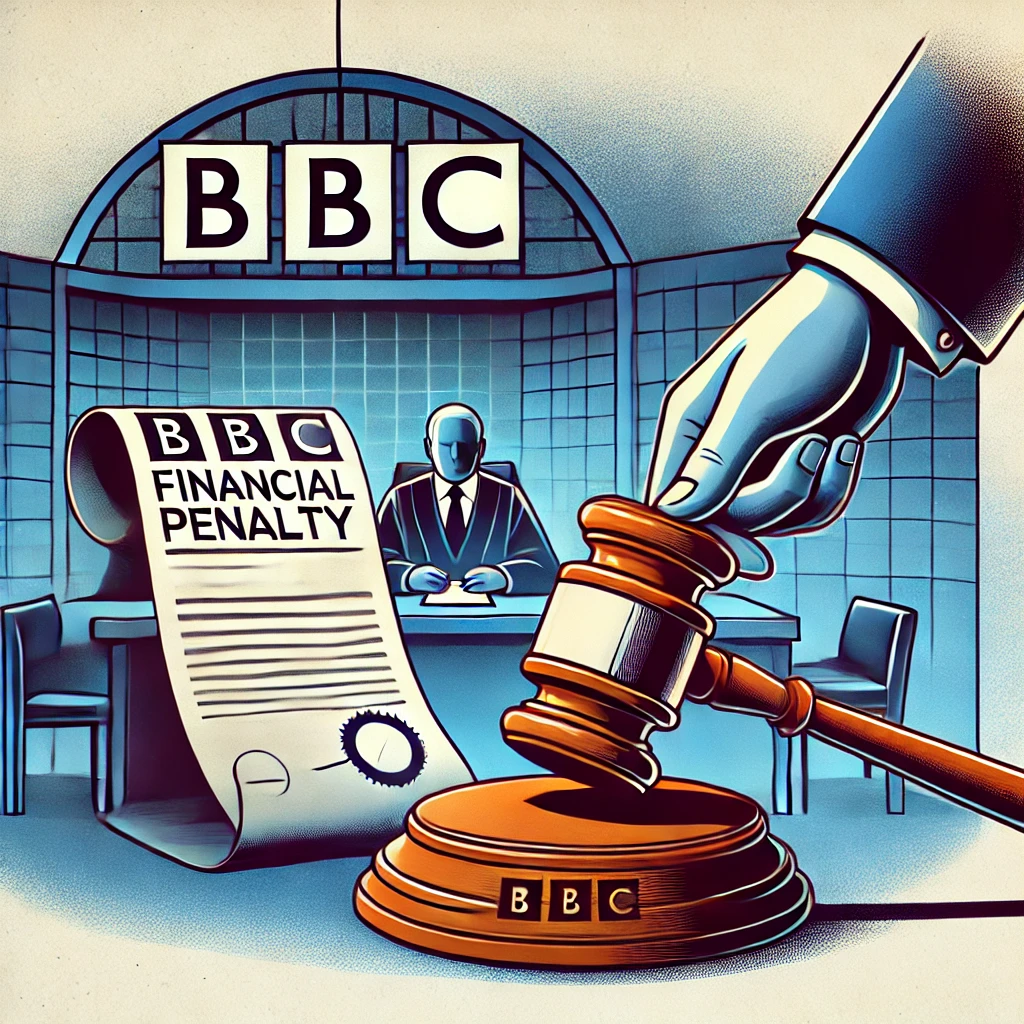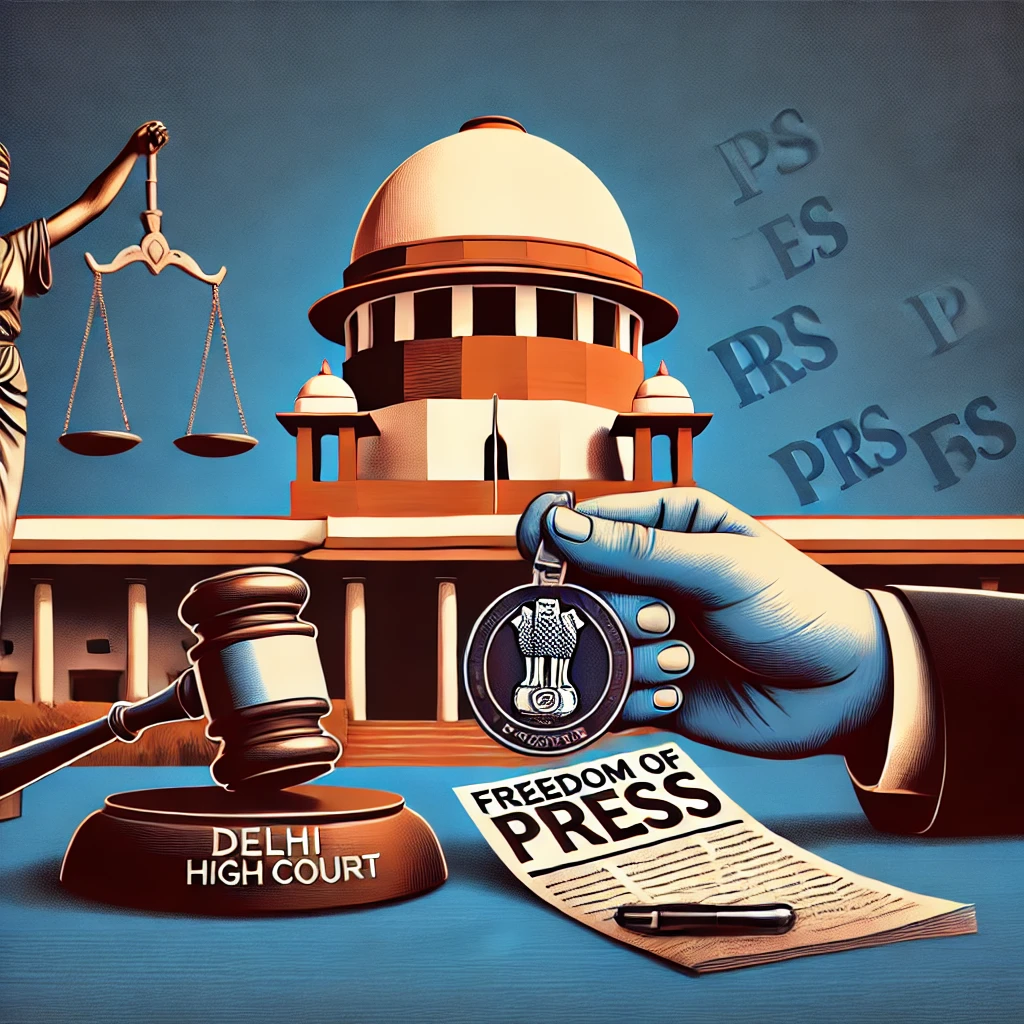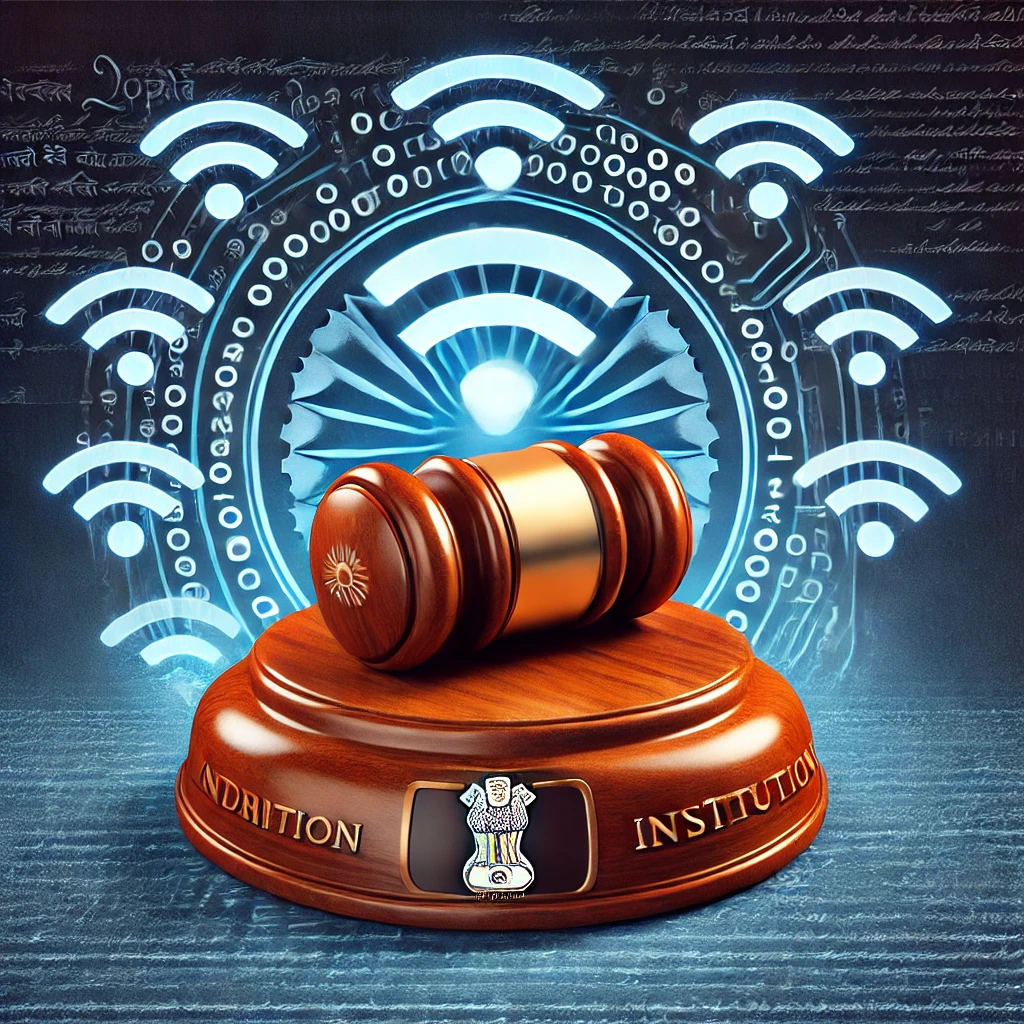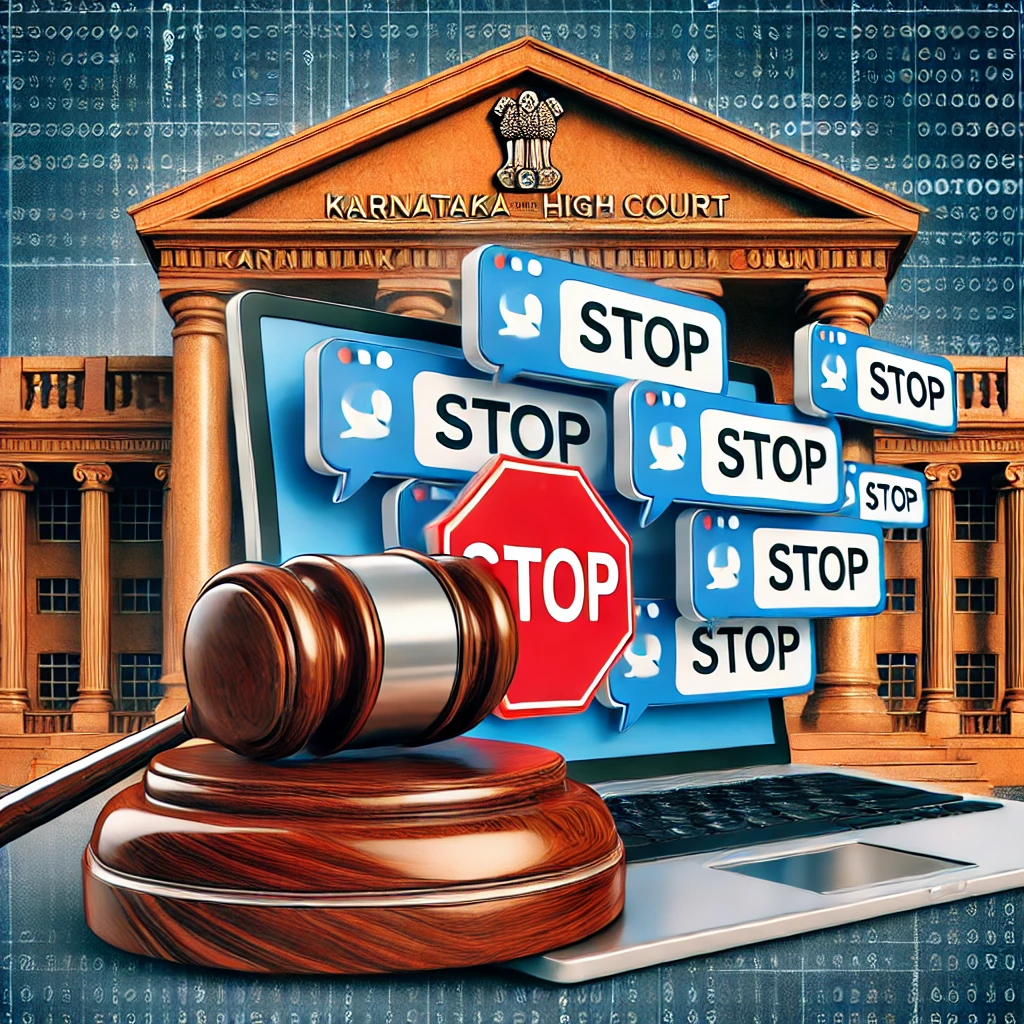Media laws at Serbia
Serbia's media laws have undergone significant changes in recent years, with the most notable being the adoption of two key pieces of legislation in October 2023: the Law on Public Information and Media and the Law on Electronic Media. These laws aim to regulate media operations and freedom of expression in Serbia.
Key Provisions of the New Media Laws:
Freedom of Expression and Protection of Journalists: The laws emphasize the protection of journalists from threats, blackmail, and violence. They also prohibit discrimination and aim to ensure the free flow of information.
Media Ownership and State Involvement: The amendments have raised concerns about increased state influence in the media sector. Specifically, they allow state-owned companies like Telekom Srbija to acquire media outlets, which some argue could lead to a concentration of media ownership and reduced media pluralism.
Regulation of Media Content: The laws introduce measures to regulate media content, including provisions on advertising, hate speech, and the protection of minors. They also establish rules for media conduct during election campaigns and mandate accessibility for persons with disabilities.
Criticism and Concerns:
Despite the government's assurances, the new media laws have faced criticism from various quarters:
Civil Society and Media Organizations: Groups like the European Federation of Journalists and the Media Freedom Rapid Response have expressed concerns that the laws could undermine media freedom and lead to increased government control over the media.
International Observers: The European Commission has highlighted issues related to media ownership and pluralism, urging Serbia to align its media laws with EU standards.
Current Media Environment:
The implementation of these laws occurs against a backdrop of increasing challenges to media freedom in Serbia. Reports indicate a rise in attacks on journalists, including physical assaults and online harassment. Additionally, there are concerns about the use of surveillance tools against reporters and legal pressures from government officials.
Conclusion:
While Serbia's new media laws aim to regulate the media landscape and protect freedom of expression, they have sparked debate regarding their potential impact on media independence and pluralism. The balance between regulation and freedom remains a contentious issue, with ongoing discussions about the role of state involvement in the media sector




















0 comments